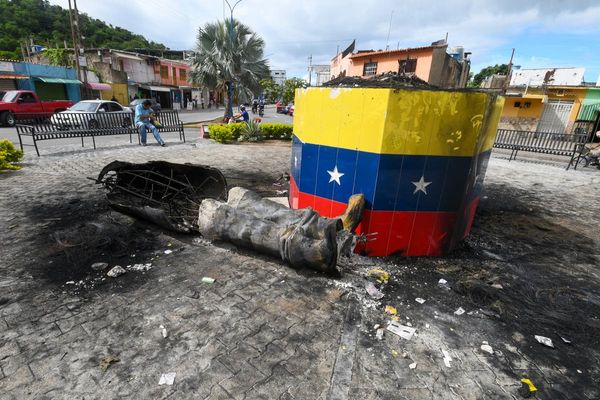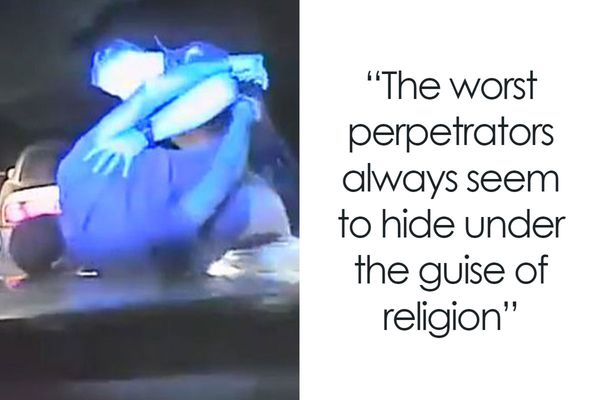
It is what jacarandas do to blue sky that makes us so helpless to resist them. They emerge in early summer, when we hope the skies will be bluest, and make them bluer still. “The jacaranda flames on the air like a ghost,” the Australian poet Douglas Stewart wrote, “Like a purer sky some door in the sky has revealed.”
Their blossoms fall, turning the ground to the sky, like still water reflecting clouds, and in the middle is us, bobbing happily up and down.
Johannesburg, where I grew up, has South American jacarandas, too. They were introduced there by the English, too. The light in my home city isn’t as thick or as soft as Sydney’s; it is thinner and brighter. But the landscape, with no sea to interrupt it, is more thoroughly blanketed by trees, any trees, than Sydney is, and viewed from on top of a hill, it is purpler.

In summer, when my sister and I were small, my father would take us around our quiet neighbourhood on the way home from school or the shops to find the purplest streets. We would open the windows and drive round block after block, close to the kerb, to hear the blossoms popping underneath the tyres. My sister, my father and I were perfectly happy in those moments: content with just us and our neighbourhood and the groceries in the car.
I like to think about it but, when I do, I also think about walking through the neighbourhood with my mother (my parents were divorced and lived a few blocks apart) and cornettos, and her warning us to be careful picking up the flowers because there might be bees inside them. I practise jacaranda magical thinking to keep the worlds apart: driving gleefully over the flowers to hear them pop, and walking gently near them to be careful of the bees.

A bee sees flowers differently. She has ultraviolet vision and can see patterns we can’t. The journalist Ed Yong has said that flowers evolved to impress bees: that bee senses have made our world prettier by encouraging flowers to evolve towards brightness and variety. Bee eyes evolved before flowers did, and a bee has an eye that is, “maximally sensitive to blue, green and ultraviolet”.
A bee flies above the jacarandas, so pleased with herself for having bent an entire city to her will. Then she dives into a purple tree and crawls into a jacaranda flower – which is nothing if not a perfect sleeping bag for a bee. Her tiny weight causes the flower to fall to the ground. This is her reward for making us so happy: nobody experiences the purple light as totally as the bee inside her petal trumpet.
Helen Sullivan is a Guardian journalist. Her first book, a memoir called Freak of Nature, will be published in 2024
Do you have an animal, insect or other subject you feel is worthy of appearing in this very serious column? Email helen.sullivan@theguardian.com







